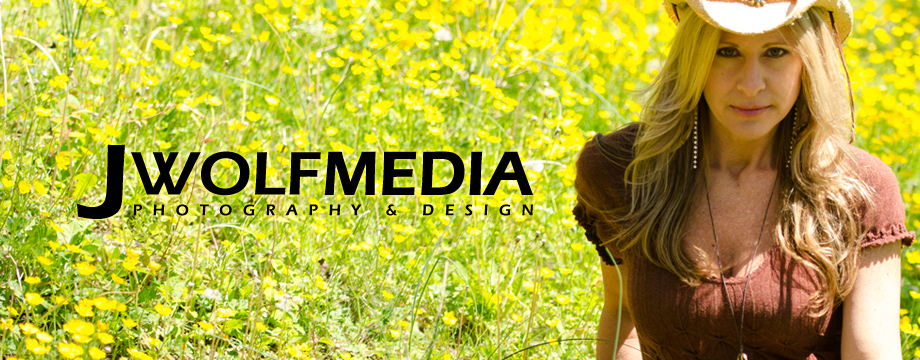Photo taken from my recent trip to Arizona.
One of the most argued about post-processing methods of photography is the creation of HDR Photography. HDR stands for High Dynamic Range, which is a compilation of 2 or more exposure set photos taken from the same exact position creating a deep contrast in both shadows and highlights. Most “new school” photographers think this method is really cool, while many (not most) “old school” photographers think it is not real photography. Personally, I think any technique can be very cool if done correctly.
So how does one create an HDR photograph? I definitely recommend using a tripod (or any sturdy surface) and a remote. The goal is to take at least 2 shots from the same exact position so moving is not an option due to semi-long exposure times. When taking the shot, the easiest method is to set the camera in aperture priority mode and select the f stop well into the 20’s (Ex. F/22). The reason for this high of a number is to get the full range out of your camera. Once the camera has been set in place, the exposure(+/-) has to be adjusted before taking each photo. I mentioned HDR can be shot with 2 different exposure shots, but personally, I like to use at least 3 different exposure shots. In this example, take one photo at 0, one photo at +2 and the last photo at -2. Also make sure the photos are produced in RAW to create the highest quality image. When finished, export the photos on the computer.
Once on the computer I highly recommend purchasing a software program titled: Photomatix. This program is easy to use. Simply import the 3 images and run the process. After this process is complete there are many post-process options including making edits in Photoshop if needed. What initially pops out of Photomatix is most likely not the best product. To learn more about Photomatix and HDR, I highly recommend reading the Complete Guide to High Dynamic Range Digital Photography.


 Photographer Lincoln Harrison
Photographer Lincoln Harrison
Hurricane Irene
Hurricane Irene came through my home town. With some minor fear of damaging my camera equipment, I went out and shot the flooding in the area and attached a few photos just to provide a glimpse of this major disaster.